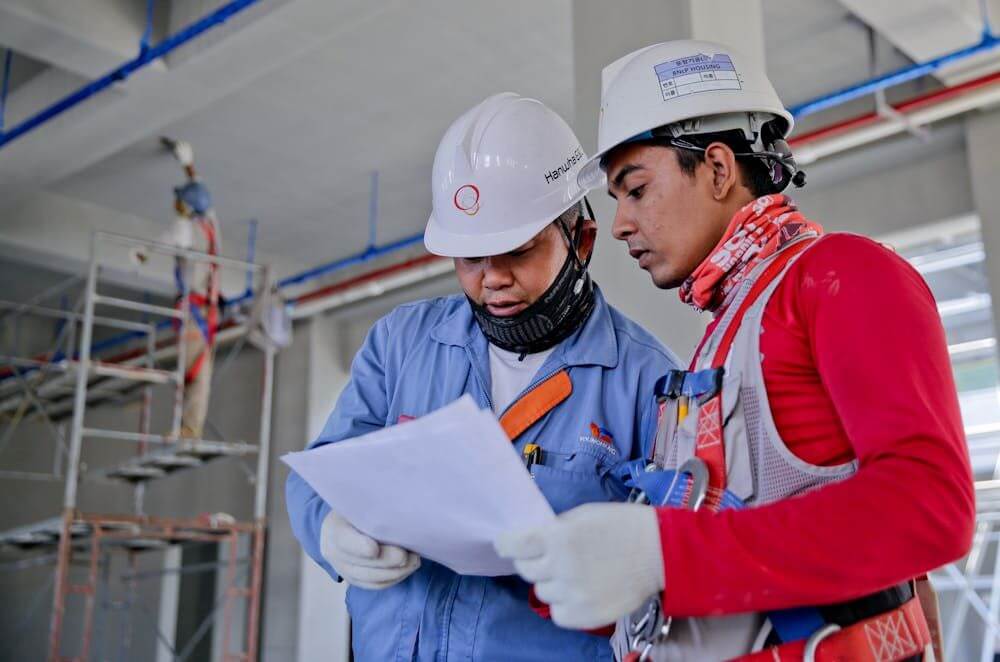Workers’ compensation is a safety net for employees injured or who become sick on the job. As a no-fault system, it provides key benefits regardless of who caused the accident. It protects workers from financial disaster while reducing employer liability. Grasping its fundamental mechanics enables injured workers to manage the process efficiently and obtain their deserved assistance throughout recovery. Below, we break down three essential aspects of workers’ comp and what they mean for injured employees.
1. No-Fault Coverage and Exclusive Remedy
Workers’ compensation functions based on a fundamental exchange. Workers waive their right to take legal action against their employer for negligence associated with a work-related injury. In exchange, they gain access to guaranteed benefits without needing to prove fault. This “exclusive remedy” principle ensures swift medical care and wage replacement. It avoids lengthy and uncertain negligence lawsuits.
Coverage typically applies when the injury happened during the course and scope of employment. This can occur while carrying out job responsibilities. It can also happen during work hours or at the worksite. This includes sudden accidents like falls or equipment mishaps. It also includes occupational illnesses developed over time due to work conditions, like exposure-related breathing problems. Prompt reporting to the employer is essential to trigger coverage.
2. Types of Benefits Provided
The system offers four primary categories of benefits crucial for an injured worker’s recovery and financial stability. To start, it covers all appropriate and essential medical care associated with the injury related to their work. This encompasses medical appointments, hospital admissions, and surgeries. It also comprises drugs, rehabilitation, and medical devices. The insurer typically directs care through an approved provider network. It also provides wage replacement benefits, often called temporary total disability or temporary partial disability payments.
These typically replace a significant portion of the worker’s average weekly wage, but this is only when they are entirely unable to work or can only work reduced hours during recovery. Permanent partial disability benefits are awarded if the injury results in a permanent impairment even after reaching maximum medical improvement. This is often calculated based on impairment ratings and state schedules. In unfortunate instances of deadly workplace accidents, death benefits are given to the worker’s beneficiaries. This includes burial costs and continued monetary assistance.
3. Navigating Challenges and When Legal Guidance is Crucial
Although intended to be simple, the workers’ comp system can face considerable obstacles. Insurers may outright deny claims. They frequently argue whether the injury is related to work or assert it resulted from horseplay. Conflicts often occur regarding the level of medical care considered appropriate and essential. The length of time for disability benefits or the assessed impairment rating for permanent disability is often contested. Insurers might also urge employees to return to their jobs too soon or resolve lawsuits for lower amounts than they are worth.
Additionally, navigating complex state-specific laws and meeting strict reporting and appeal deadlines can be challenging. Managing required medical evaluations at the same time adds further strain during recovery. This is the point at which seeking advice from an experienced workers comp lawyer proves essential. They comprehend the complexities of the system and can collect vital information such as medical documents or testimony from witnesses.
A lawyer can confidently negotiate with insurers and advocate for employees during hearings. This guarantees that workers obtain the complete range of advantages they are entitled to, including frequently overlooked payments for permanent disabilities or future medical needs. Legal assistance gives workers a chance against well-funded insurance firms.
Endnote
Workers’ compensation remains an essential resource, guaranteeing that injured workers obtain medical treatment and financial assistance without establishing employer liability. Getting assured medical insurance, income replacement, and disability assistance benefits is crucial. Nonetheless, acknowledging possible complications such as claim rejections, benefit disagreements, and settlement pressures underscores the importance of informed advocacy. Seeking appropriate guidance ensures injured workers secure the comprehensive support vital for recovery.

